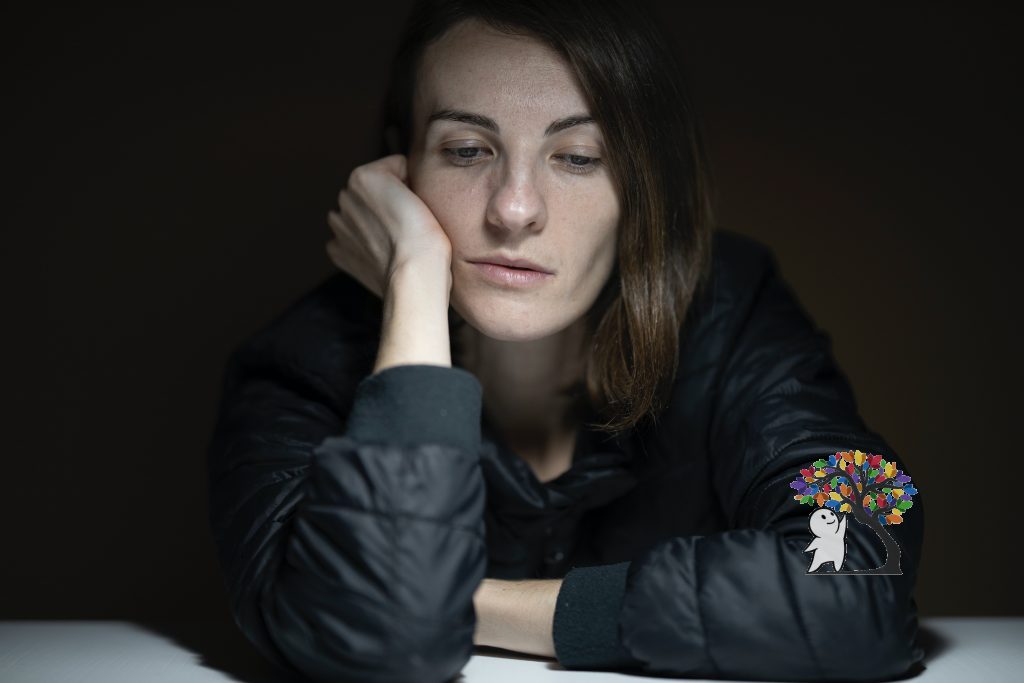Four Attachment Styles of Love

Attachment theory came about as the joint work of John Bowlby and Mary Ainsworth. They drew upon developmental psychology, psychoanalysis, information processing, and ethology to create attachment theory.
Attachment theory essentially looks at how a child interacts with their parent, specifically their mother. While John Bowlby developed the basic tenents for attachment theory, it was Mary Ainsworth’s experiments that confirmed it. Ainsworth’s experiments provided empirical data that supported Bowlby’s ideas and further expanded his idea beyond developmental psychology, which leads us here. How does our attachment style affect our relationships?
All of our relationships go back to the first relationship we had– with our mothers. Ainsworth and Bowlby aimed to assess how a child behaved when confronted with a disruption. The experiment was conducted as such. They gathered mothers and their children in a room, and after some time, they asked the mother to step out and leave the child alone in the room with the researchers. Some children cried, and others did not. After a while, the mothers were asked to step back inside. The reaction from the children is what became known as attachment styles.
Ainsworth’s and Bowlby’s theory expanded to include relationships.
- Secure
Those with a secure attachment style are confident and resilient. They bounce back easily from a setback because, as children, they felt supported and safe. As a child, they had a stable and secure relationship with their parent. Hence, they grew up being confident, reciprocal in their relationships, and responsive towards others.
As adults, they form healthy and positive relationships. They are self-possessed, have a strong sense of self, and a strong foundation for their self-esteem.
In a relationship, they are supportive of their partners, not co-dependent. They encourage their partner to have freedom and personal space. People with a secure attachment enjoy their independence and seek partners who will enhance their life. Someone with a secure attachment style does not need anyone to “complete” them because they feel whole without a partner. They view relationships as a positive chapter in life.
However, a person with a secure attachment style is not perfect. They have their fair share of bad experiences. As children, they were equipped with the right tools to overcome bad moments.
- Avoidant
Another attachment style is avoidant attachment. This attachment style is also referred to as avoidant-dismissive attachment or anxious-avoidant. As children, people with this attachment style seem confident and self-sufficient. However, they are emotionally closed off. They do not like to show their emotions and do not accept vulnerability or emotional intimacy.
Their reluctance towards emotional intimacy stems from lacking an emotional connection with their parent. Their parent was not emotionally unavailable to them. Another cause is if they may have faced discouragement whenever they expressed their emotions.
As adults, they keep their emotional distance from others and try not to get emotionally compromised. This distance often results in difficulties when forming relationships– they never open up to others and consequently fail to create deep connections with others.
In a relationship, those with an avoidant attachment style may isolate their partners. Many with an avoidant attachment style are pretty good at restricting their feeling and limiting emotional expression. Hence, making it extremely difficult to foster an emotional connection with a person with an avoidant attachment. Perhaps, that is why some opt out of relationships–choosing to stay alone.
However, there is good news! Attachment styles are not set in stone. If you are avoidant, it is possible to learn how to have healthy relationships and allow yourself to be vulnerable. Talking to a therapist is always a good place to start.
- Anxious
The other attachment style is an anxious attachment. It is also referred to as anxious-avoidant. According to The Attachment Project, this attachment style is developed in the first 18 months of the child’s life. An anxious-avoidant (insecure or anxious-ambivalent) attachment style emerges from the parent’s inconsistency in response to the child’s needs. This does not mean that the parent willingly ignored the child. It means that the child perceived it that way.
For example, let’s say that the child cries, and the parent immediately rushes over to attend to their needs. But, the next time the child cries, the parent decides to let the child self-soothe. The second time the child cried, it was expecting their parent to help, and when they did not come to the child’s aid, the child became confused. This unpredictability creates an anxious attachment style. The child feels distrustful towards their caregiver but also desperately wants their affection.
As adults, people with anxious attachment styles often doubt their relationships. They desperately want love from others but often doubt the love they receive. They experience a lot of insecurity and seek constant reassurance. Some traits that can manifest in someone with an anxious attachment style are people-pleasing, fear of rejection, and frequent doubts.
People with this attachment style have low self-esteem and a strong inner critic. In a relationship, they are the type to become nervous if their text does not get an immediate reply.
One thing that I, and Dr. Alyssa Adams, sugesst, is that people with this attachment style need to learn how to communicate their needs to their partners. It’s okay to need reassurance, but you should be able to talk to your partner about it.
- Fearful-Avoidant
Fearful-avoidant or disorganized attachment style is the last one. It is similar to the avoidant-dismissive attachment style with one caveat. People with this attachment style do not just avoid emotional intimacy. They fear it. This attachment style is the result of growing up in an abusive and cruel home.
Growing up in a home with so much instability can have a significant impact on their relationships. As children, they felt detached from their caregivers and also felt stressed by them. They may have learned to not trust their caregivers and eventually others. They also learned to detach or dissociate during times of trauma or stress.
As adults, people with this attachment style are cold, aloof, and have a push-pull relationship. They push their partner away but also want to be with them. As a result, their behavior can seem erratic and inconsistent.
Thankfully, there is always room for change. If you have a fearful-avoidant attachment style, you can always unlearn what you know and teach yourself how to create and foster a healthy relationship
Trying to learn how to have a relationship as an adult can seem like a daunting task. But, always reach out to a professional therapist for guidance and help.
Take care!
Sources:
http://www.psychology.sunysb.edu/attachment/online/inge_origins.pdf



Responses